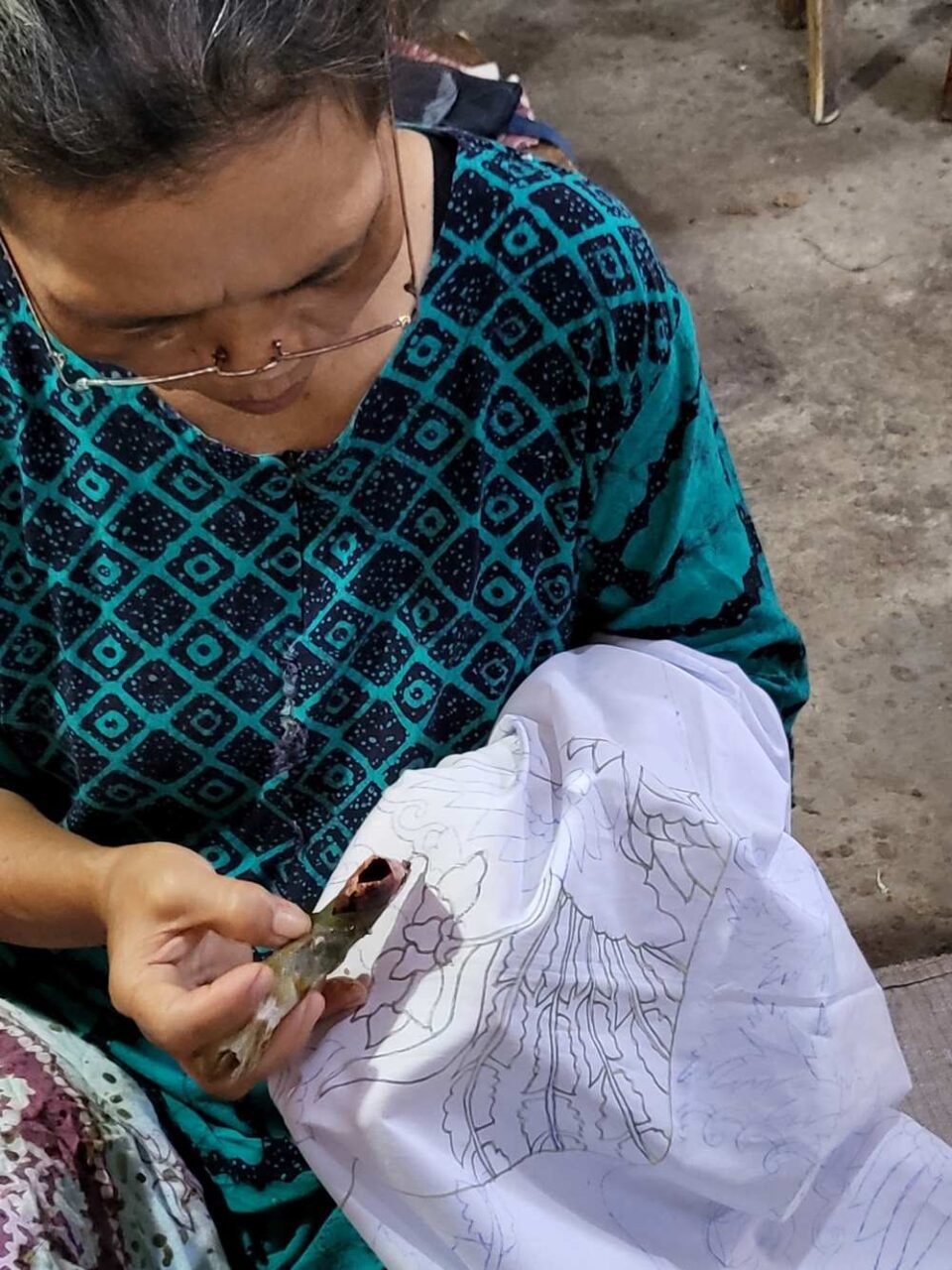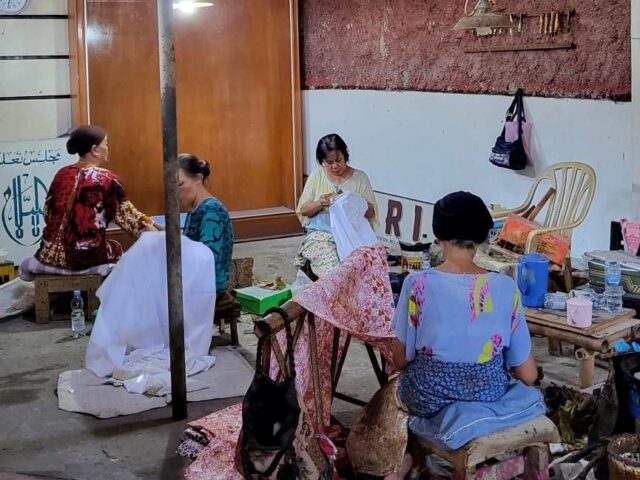Historically, batik production was an activity mostly by housewives during their free time. Over time as batik products developed and industry grew, it became a major work that began taken over by men. Studies show that only 25% of all batik production is carried out by a woman who shifted production from small-scale processes to larger operations requiring specialized equipment and skills.

The issue at hand is the marginalization of women within the batik production. Their limited skill set, capabilities, and societal status as supporting workers also limit their potential to earn equal wages.
It is essential to implement initiatives that empower women, enhance their skills through capacity-building programs, and establish policies that ensure gender equality for all workers in the batik industry.





